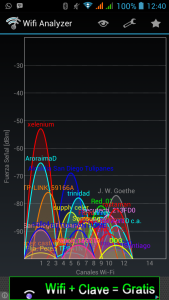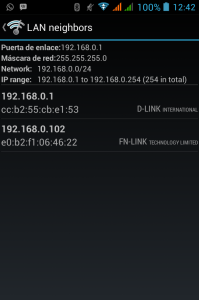What is IP 192.168.0.1?
IP 192.168.0.1 is a private address, used by routers and other network devices of various brands. As few IPv4 addresses remain, block 192.168.x.x is reserved for private network-related uses. In general, the router of a network will always use the address 192.168.0.1 and then assign the remaining blocks to other computers. For example, the next computer that connects to the network will have the IP 192.168.0.2, another will use the number 192.168.1.3, and so on. Brands such as Linksys, D-link, TP-Link and Netgear use the 192.168.x.x range to configure their equipment.
The main feature of this IP address (and in particular all of type 192.168.x.x) is that it is a non-routable address and therefore cannot be public, however, some experts say that all IP addresses can be routable. In short, there are specific ranges of IP addresses that can not be ‘published’ directly on the Internet, instead, they are taken to a NAT gateway or proxy and then going to the Internet.
It is obvious to think that for small or home networks it is most advisable to use private IP addresses because an ISP assigns a very limited number of public addresses to each subscriber. Properly said, and it will happen this way, each subscriber will have more than one device to connect to the internet, therefore need more IP addresses.
Depending on the type of ISP, it will provide private addresses to the subscriber through NAT-type configuration for the modem (if any).
Officially and traditionally there exists three ranges of private IP addresses defined by IANA in RFC 1918:
| IP Address Range | Number of addresses | Class |
| 10.0.0.0 – 10.255.255.255 | 16.777.216 | A |
| 172.16.0.0 – 172.31.255.25 | 1.048.576 | B |
| 192.168.0.0 – 192.168.255.255 | 65.536 | C |
Almost all private networks in the world use at least one of these ranges of IP addresses shown above. The class unequivocally indicates the number of usable addresses in that range. Class A addresses have more than 16 million usable addresses and are recommended for very large organizations with hundreds of interconnected networks and subnets.
In contrast, Class C can handle more than 65,000 IP addresses, enough for small networks, which is why most commercial routers come preconfigured with this range.
The factory setting for most routers is Class C range, which is 192.168.0.1.Of course, this configuration is completely changeable to any kind of IP ranges. Other examples of default IP addresses are 192.168.1.1 and 192.168.1.2. For example you can use 192.168.1.1 admin login page to get to router admin interface.
In short, the only difference between IP addresses ranges is the number of available addresses.
How to fix 192.168.0.1 connection?
Below are the guides for the following operating systems: Windows 7, Linux Ubuntu 16 (debian based) and Android 4.0
MS Windows 7
In a MSDOS command window type:
\yourpath>ipconfig
Linux Ubuntu Studio
To get your router IP open a command window and type any of the commands:
$ route
$ netstat -nr
$ ip route show
Android 4.1
Because Android does not have a default IP parser, we can only get the IP of the device within settings/device info/status. But here the IP address of the router can not be obtained. However, there are many free applications that allow us to do so, in this tutorial we use WiFi Analyzer.
Once installed, when opening the application will be displayed all available APs, channels and their signal transmission power

And the router IP Address is obtained on ‘menu’ and then ‘tools’ so select ‘LAN Neighbors’
